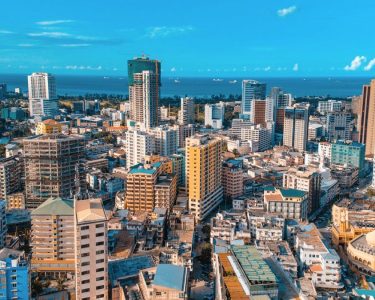The Kingdom of Lesotho has seen a modest improvement in its GDP growth during the financial period ended March 2024. Though this may be a positive trajectory, the country is still faced with a high rate of unemployment and a weak performing mining and textile industry.
According to the Executive Board of the International Monetary Fund (IMF), Lesotho’s GDP growth improved from 1.6 percent last year during the same period to a modest 2.2 percent, largely attributed to the accelerated construction from the Lesotho Highlands Water Project.
The mountain Kingdom is not immune to some of the challenges that other African countries are facing, the mining sector, especially diamond and textile exports have been sluggish in the past 12 months. Unemployment remains high coupled with the persistent dry season that threatens food insecurity across the country.
“Headline inflation reached 6.5 percent in June, up from 4.5 percent in July 2023, though down from a peak of 8.2 percent in January 2024. The increase in inflation was largely due to exogenous factors that will most likely fade going forward.
Lesotho registered a sizable fiscal surplus of 6.1 percent of GDP in during the fiscal year ending March 2024. In a change from past practice, transitory SACU transfers (10.4 percent of GDP higher than in FY22/23) were not accompanied by a parallel increase of the public wage bill. Instead, the authorities used the SACU proceeds to reduce arrears and rebuild deposits at the Central Bank,” said the IMF Executive Board.
The IMF says, in support of the Loti’s peg to the Rand, the Central Bank of Lesotho has kept the policy rate steady at 7.75 percent since May 2023, in line with policy rates in South Africa.
“Financial conditions remain stable—private sector credit growth picked up to 12.5 percent in FY23/24, mainly due to construction, while the nonperforming loans have eased to 3.8 percent of total loans as of 2023 Q4.
Growth is projected to peak in the fiscal year ending in March 2025 (at 2.7 percent), while inflation is expected to ease slowly. Another year of windfall SACU transfers (6 percentage points of GDP above the 10-year average) will again bolster fiscal and external balances in FY24/25. These transfers are projected to fall sharply starting in FY25/26, though higher water royalties will help fill the gap. As a result, the fiscal balance is projected at a surplus of around 1 percent of GDP over the medium term, with the current account deficit at a modest 2.6 percent,” said the IMF.





